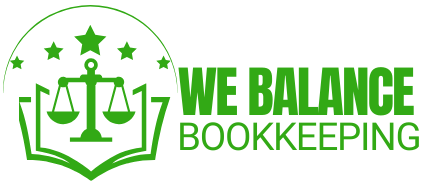Making up your income with both salaried earnings and dividends declared from your company’s profits, can be a great way to optimise your tax efficiency. If you want to know more about how dividends work, then this simple guide should help you to understand your options.
What are dividends?
Dividends are a distribution of a company’s post-tax profits and are paid to the shareholders (the owners of a limited company).
How do dividends work?
Employees in a limited company can draw a salary from the business, on which they pay both income tax and employees National Insurance (the company will incur employers National Insurance).
Dividends differ in that there is no National Insurance liability to pay (by the individual or the company). The tax rates on dividends are also lower than those of salary payments. As they are paid out of the company’s profits after Corporation Tax; the company’s tax position is unaffected by the declaration of a dividend.
Declaration & frequency of dividends
The decision to pay a dividend, and the amount to distribute, are the responsibility of the company’s directors — they must be able to demonstrate at the time of the declaration that the company had sufficient retained earnings to pay a dividend.
Providing there is profit to do so, dividends may be declared at any time. The amount and frequency, again, are the responsibility of the directors.
A prudent director should also consider the company’s cash position to ensure that all liabilities can be settled when making this decision. When a dividend is voted by the directors, minutes of the board meeting at which the decision was taken must be produced and retained in the company register.
It is worth noting that you do not have to withdraw all the profits from the company in any given year; you can instead choose to leave some of the profits in the business for tax planning purposes.
What are dividend vouchers and dividend declarations?
When a dividend is voted by the directors, minutes of the board meeting at which the decision was taken must be produced and retained in the company register.
When the company pays a dividend, it must issue a dividend voucher to the shareholders receiving the dividend; this details the amount payable to the shareholder (in accordance with their shareholding).
Dividend vouchers are used to keep a record of who has taken dividends, how much they have taken and when the declarations were made.
A dividend declaration is an official record of the dividend payments made by a business. It should include important information relating to the dividend payment including:
- The name of the limited company
- The name of the shareholder and their address
- The percentage of shares owned by the shareholder receiving the dividend
- The amount of the dividend paid
- The date of declaration
- The company director’s signature
What if you have more than one shareholder?
When a dividend is paid, it is split as per the applicable shareholding & paid at the same time.
Are dividends taxable?
The income tax payable in respect of a dividend is dependent upon the other income received by the individual receiving the dividend — dividends are (in the vast majority of cases) treated as the ‘top slice’ of income and therefore the recipients’ income must be aggregated in order to establish which tax band a dividend falls in to.
The current Dividend Allowance means that you don’t have to pay tax on the first £2,000 of your dividend income (2022/23 tax year), in spite of what other income you have. This allowance is available to anyone who has dividend income.
The dividend tax rate for individuals in different tax brackets for the 2022/23 tax year are:
| Rate of tax on dividend income | |
| Basic Rate Taxpayer taxable income below £37,500 | 8.75% |
| Higher Rate Taxpayer taxable income of £37,501 – £150,000 | 33.75% |
| Additional Rate Taxpayer taxable income over £150,000 | 39.25% |






